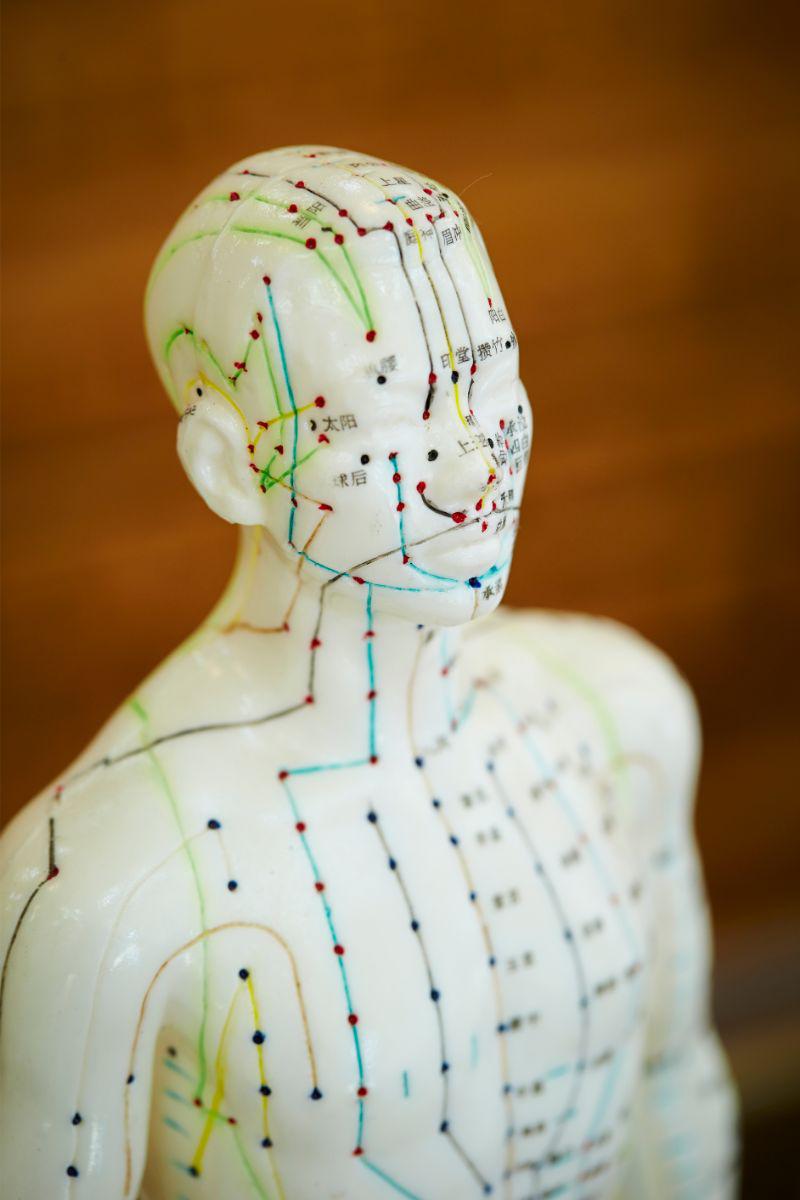From a Western medicine perspective, acupuncture works through various physiological mechanisms. Here are a few key explanations:
- Neurotransmitter and Hormonal Effects: Acupuncture is believed to stimulate the release of certain neurotransmitters, such as endorphins, which act as natural pain relievers. It may also influence the release of other substances like serotonin and dopamine, which regulate mood. Acupuncture can also affect hormonal levels, promoting the release of hormones that help regulate various bodily functions.
- Modulation of Nerve Activity: Inserting acupuncture needles at specific points on the body may stimulate sensory nerves, sending signals to the brain. This stimulation can activate the central nervous system, influencing the transmission of pain signals and promoting the release of neurotransmitters that regulate pain perception.
- Blood Flow and Circulation: Acupuncture may improve blood flow and circulation to the treated areas. By stimulating the nerves and blood vessels, it can enhance oxygenation and nutrient delivery and support removing waste products from tissues.
- Gate Control Theory: According to the gate control theory of pain, acupuncture may activate large nerve fibers that can inhibit the transmission of pain signals in the spinal cord. This mechanism suggests that acupuncture can help "close the gate" to pain signals and provide relief.
- Connective Tissue Stimulation: Acupuncture needles may also stimulate connective tissues with a high concentration of sensory receptors. This stimulation can trigger local responses and influence the surrounding tissues, potentially affecting inflammation, tension, and pain perception.
It's important to note that while these explanations provide a Western medical perspective on acupuncture, they still need to fully capture the holistic and energetic theories that underpin traditional Chinese medicine. The mechanisms mentioned above are still being explored and researched, and acupuncture remains an area of ongoing scientific investigation.
